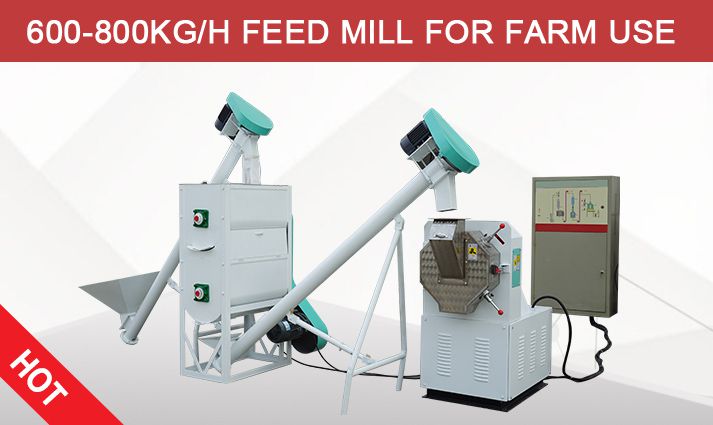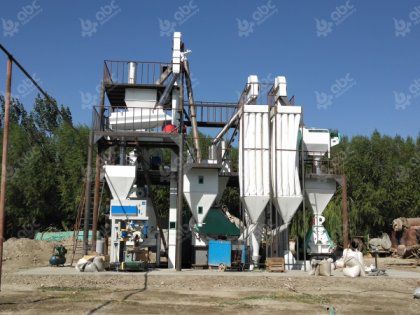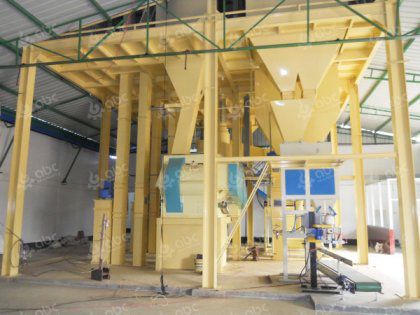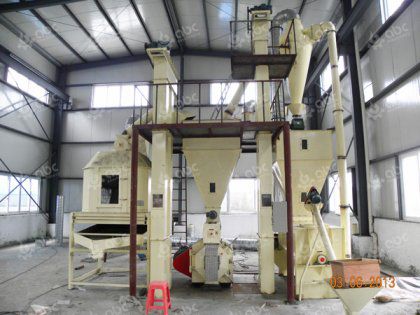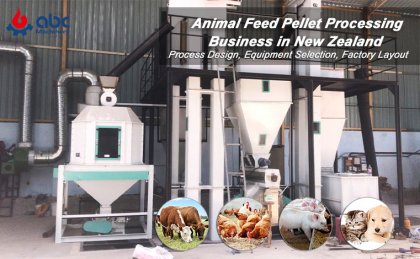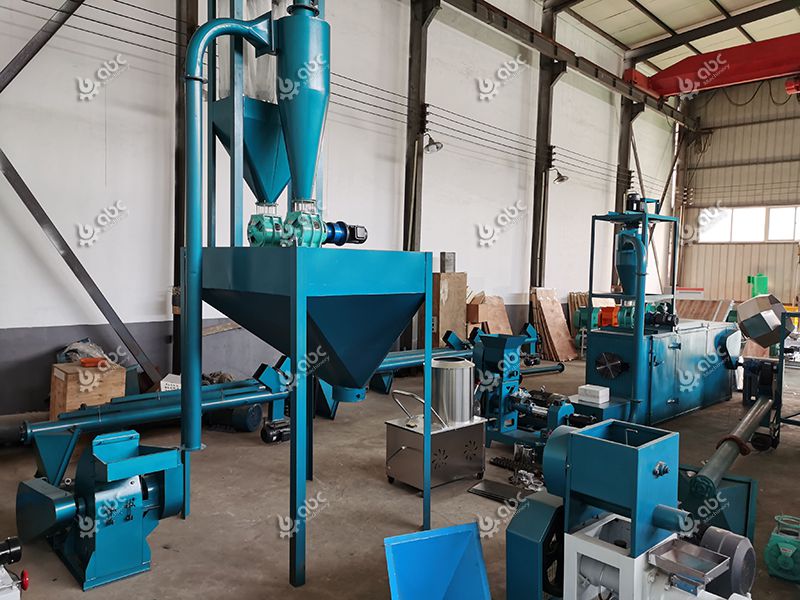Guinea pig (Cavia porcellus) is a kind of gentle and cute animal, it is always kept as pet in many homes. (And so is Hamster.) At the same time, it’s feeding also needs attention, since random food will cause disease to the guinea pig. That’s why people who raise guinea pig as pet would buy special food for it, and businessmen can make full nutrition guinea pig food for sale.
In the case of artificial breeding of guinea pig, the concentrate feed should reach 20% to 30% of the total feed, and the green material should reach 70% to 80% of the total feed. Below is the nutritional content of the guinea pig feed:
| Moisture | 6.00 % |
| nitrogen-free extract | 47.75% |
| crude protein | 20.54% |
| crude fat | 6.43% |
| crude fiber | 16.48% |
| iron | 0.24% |
| calcium | 1.10% |
| phosphorus | 0.69 % |
| magnesium | 0.24% |
| sodium | 0.53% |
| amino acids | the rest |
Guinea pig Feed type
The guinea pigs have a variety of foods and a wide range of recipes. There are many feeds available for consumption in nature. However, feeds that are mainly plant-based feeds and have low water content generally include green roughage, concentrate, additive feed, and compound feed1. Green roughage guinea pig food
Hay in green fodder refers to grasses with grasses or weeds that have been dried to 85% to 90% dry matter, such as dried grass, dried straw, dried wheat straw, dried leaves, dried stalks; natural forage grass and cultivated forage grass, such as rye grass, Sudan grass, elephant grass, etc. The hay is green, soft, fragrant and palatable. In the absence of green fodder in winter, the hay can be used for feeding, but the best way is to make the hay or forage into pellets for better storage. Further reading: forage grass pellet making>>

2. Concentrate guinea pig food
The concentrate guinea pig feed pellets contains more carbohydrates, and also contains protein, fat, vitamins, etc., generally refers to cereals, seed plants and their processed by-products. Corn, wheat, sorghum, rice, wheat, rice bran are commonly used. Its main component is starch that has high digestibility and digestive energy. In daily feed, proper supplementation of some protein feeds can promote the healthy growth of guinea pigs, brighten their skin, and improve their ability to reproduce and fight disease. Plant protein mainly comes from beans, such as soybeans, lentils, peanut bran, rapeseed cake, soybean cake, etc., animal protein comes from fish meal, etc. Besides, some yeast powder, vitamin e, vitamin b, vitamin c and some other vitamins, as well as minerals such as calcium and phosphorus shall also be added into concentrated guinea pig feed.
Production process see small feed pellet plant>>

3. Formula guinea pig food
The formula guinea pig food is pellet type animal feed made from a mixture of wheat bran, rice bran, minerals, vitamins, etc. according to certain formulation. Production process see small feed pellet plant>>Some sample guinea pig food pellets formulations
- Formula 1: sorghum powder: 10%, bean cake: 15%, wheat bran: 30%, barley: 25%, fish meal: 2%, bone meal: 2%, salt: 1%
- Formula 2: corn flour 40%, cereal flour 10%, wheat husk: 30%, peanut cake: 15%, fish meal: 2%, bone meal: 2%, salt: 1%
- Formula 3: giant grass powder 30%, wheat flour: 20%, corn flour: 10%, wheat husk: 20%, peanut cake: 12%, bone meal: 2%, fish meal: 2%, salt: 1.5%, yeast: 2 %, poultry auxin: 0.5%
In some guinea pig food, a part of the pellets is the extruded (expanded) pet food. This kind of extruded guinea pig food pellets are made by animal food extruder machine. The production process can see pet food processing technology>>

